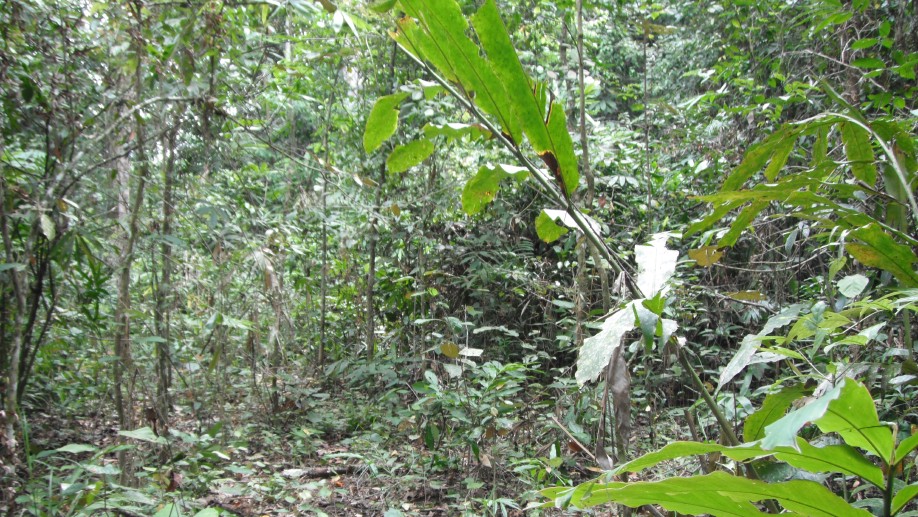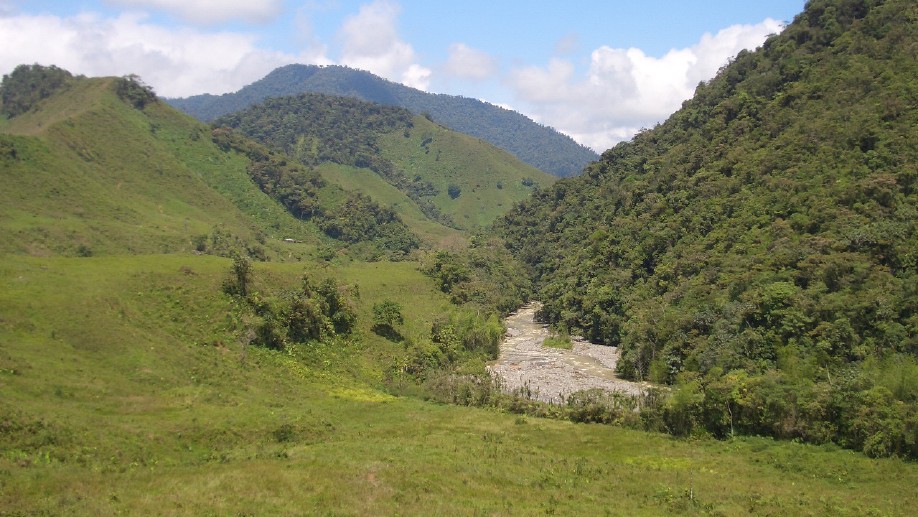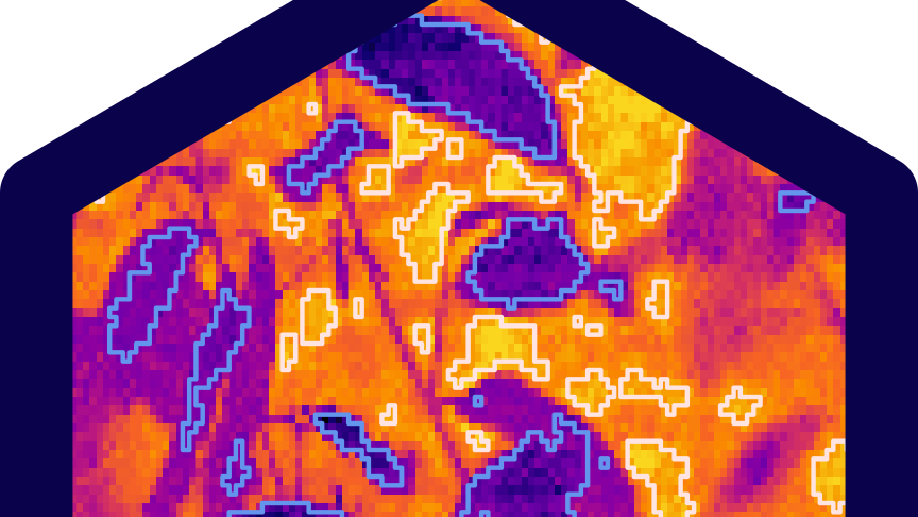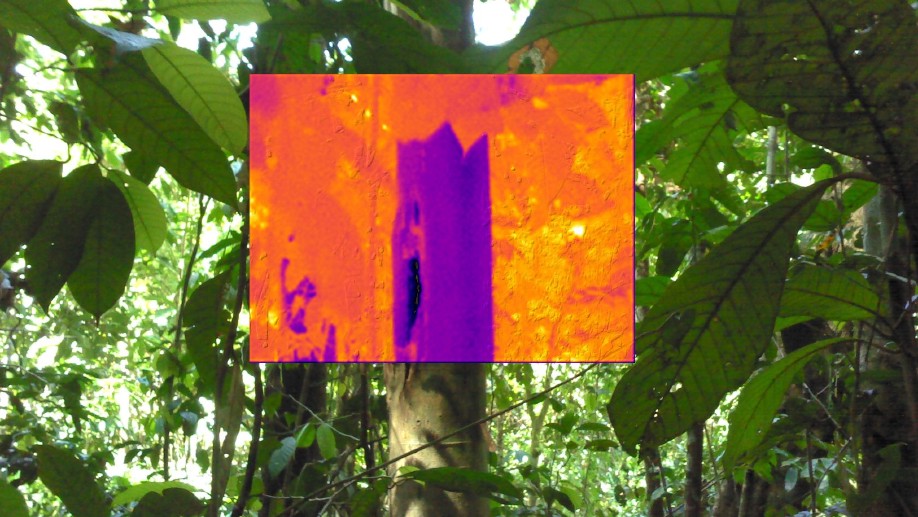Publications
Rebecca A. Senior, Jane K. Hill, David P. Edwards
Rebecca A. Senior, Jane K. Hill, David P. Edwards
accepted for publication in Methods in Ecology and Evolution,
2019
Rebecca A. Senior, Jane K. Hill, Suzan Benedick, David P. Edwards

Temperature is a core component of a species’ fundamental niche. At the fine scale over which most organisms experience climate (mm to ha), temperature depends upon the amount of radiation reaching the Earth’s surface, which is principally governed by vegetation. Tropical regions have undergone widespread and extreme changes to vegetation, particularly through the degradation and conversion of rainforests. As most terrestrial biodiversity is in the tropics, and many of these species possess narrow thermal limits, it is important to identify local thermal impacts of rainforest degradation and conversion. We collected pantropical, site-level (<1 ha) temperature data from the literature to quantify impacts of land-use change on local temperatures, and to examine whether this relationship differed aboveground relative to belowground and between wet and dry seasons. We found that local temperature in our sample sites was higher than primary forest in all human-impacted land-use types (N = 113,894 daytime temperature measurements from 25 studies). Warming was pronounced following conversion of forest to agricultural land (minimum +1.6°C, maximum +13.6°C), but minimal and nonsignificant when compared to forest degradation (e.g., by selective logging; minimum +1°C, maximum +1.1°C). The effect was buffered belowground (minimum buffering 0°C, maximum buffering 11.4°C), whereas seasonality had minimal impact (maximum buffering 1.9°C). We conclude that forest-dependent species that persist following conversion of rainforest have experienced substantial local warming. Deforestation pushes these species closer to their thermal limits, making it more likely that compounding effects of future perturbations, such as severe droughts and global warming, will exceed species’ tolerances. By contrast, degraded forests and belowground habitats may provide important refugia for thermally restricted species in landscapes dominated by agricultural land.
Rebecca A. Senior, Jane K. Hill, Pamela González del Pliego, Laurel K. Goode, David P. Edwards







